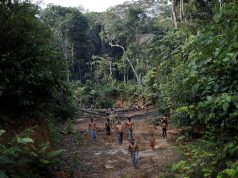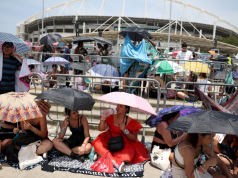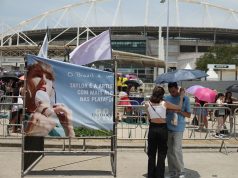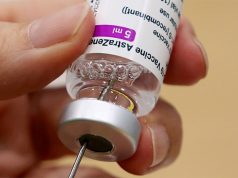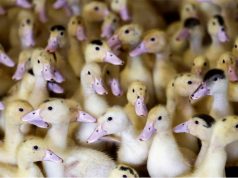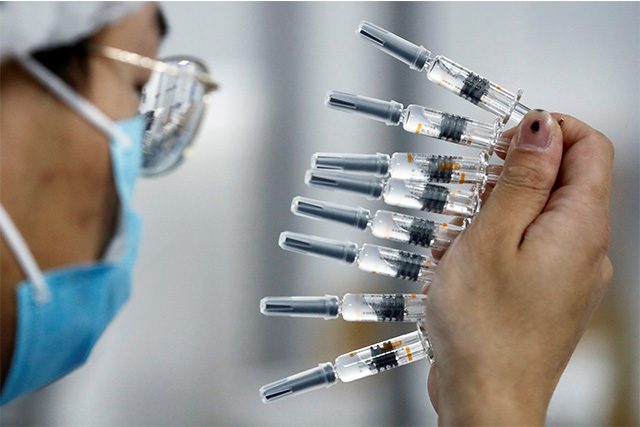
After President Rodrigo Duterte vouched for it, his spokesperson Harry Roque also defended the administration’s choice of vaccine from Chinese-based manufacturer Sinovac and pointed out that it has higher efficacy rates in Indonesia and Turkey.
However, there are nuances in the contrasting efficacy rates of vaccine brands in various testing sites, such as the testing population and criteria of those tested.
Roque’s claims on Sinovac
At a press briefing on Thursday, Roque claimed the government chose Sinovac’s COVID-19 vaccine or CoronaVac because of its high efficacy rates in trials overseas.
“Sa oposisyon at kritiko, kahapon ay naglabasan na ang mga eksperto ‘kuno’ pero para tirahan po ang administrasyon ‘no. At sinasabi nga nila, may favoritism daw at hindi daw po epektibo itong Sinovac vaccine. Nguni’t ang kanilang pagsasaya ay panandalian lamang. Ano pong katotohanan?” Roque said.
“Sinabi ko rin po kahapon sa press briefing na sa Turkey, matapos po ang clinical trial doon, nasa 91.25 po ang efficacy rate ng Sinovac. Ganito rin po ang napatunayang efficacy rate ng Sinovac sa Indonesia,” he added.
In his televised national address that aired Wednesday, Duterte also claimed that Sinovac’s vaccine is effective because Chinese scientists behind it are “bright.”
“Hindi nagkulang ang Chinese, hindi sila nagkulang sa utak. Bright itong mga Intsik at they would not venture kung hindi sapat, it is not safe, sure, and secure. Iyong tatlo: it must be safe; sigurado, sure; and secure. That is the guarantee,” he said.
So far, Sinovac yielded three widely different results in different territories:
- Indonesia—65%
- Turkey–91.25%
- Brazil—50%
The Philippines has already secured 25 million COVID-19 vaccine doses from Sinovac. Of these, Palace stated that an initial batch of 50,000 doses is expected to arrive in February, and then batches will be distributed throughout 2021.
Several local officials and governors across the country, however, have inked deals with AstraZeneca from the United Kingdom to be administered to their constituents.
READ: Juxtaposed: National gov’t procures Sinovac vaccines while some LGUs ink deal with AstraZeneca
Sinovac, AstraZeneca and Russia’s Gamaleya have applied approval for emergency use before the Food and Drug Administration.
So far, the FDA only cleared Pfizer-BioNTech’s COVID-19 vaccine for emergency use, which was the first to report that it ended its late-stage trial with 95% efficacy rate among other vaccine manufacturers the government are in negotiations with.
What experts say
Some Filipinos are still not convinced of Sinovac COVID-19 vaccine’s efficacy due to the wide discrepancies of results from its trials.
Roque be telling that accdg to Indonesia & Turkey, Sinovac has higher rates daw. Upon checking, few people participated in the trial thus the size is too small for a meaningful data.
Brazil, on the other hand, has lower efficacy rate, since mas marami yung nagtrial. pic.twitter.com/TRNgN6P3dT
— dex (@thedexielkay) January 14, 2021
Reuters compared the differences intest designs of Sinovac in Brazil, Turkey and Indonesia.
- Brazil conducted its Sinovac vaccine tests exclusively among health care workers, who have high risks of getting infected with the virus. A report by Bloomberg also noted that Brazil has the highest testing population—more than 13,000 people. It is considered the most indicative of actual efficacy so far.
- Turkey, Chile and Indonesia, meanwhile, recruited a combination of medical workers and the general public. Indonesia conducted its test among only 1,620 people while Turkey similarly has the same small amount of participants. The data was too small to be meaningful, the report said.
Experts noted that comparing results of vaccine trials is difficult due to the variety of trial designs.
They cited “trial size, patient criteria, duration of post-vaccination observation, target groups, prevalence of the virus” as among the variables that could impact a vaccine’s success rate in preventing diseases.
READ: Explainer: What’s behind varying efficacy data for Sinovac’s COVID-19 vaccine?




